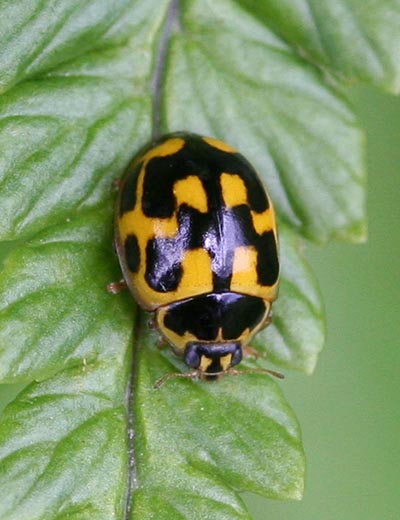- Common Spotted Orchid (CSO) - Dactylorhiza fuchsii
- Heath Spotted Orchid (HSO) - Dactylorhiza maculata
- Northern Marsh Orchid (NMO) - Dactylorhiza purpurella
These three freely hybridise with each other, and the hybrids back cross with the parents and with the other hybrids, so it is very rare to find a 'pure' or clean specimen anywhere: each specimen is likely to bear a component of each of the species in varying proportions. For that reason, the taxonomy of the two spotted orchids keeps changing, with them being variously described as species, subspecies or variants. But I just describe them all as hybrid spotted orchids. I recently had a long conversation with a leading orchid specialist, and when I asked him why we continue to try and name each specimen as A), B) or C), he said "it's just because we like to give different names to things that look different from each other, but really they're all hybrids".
I also have a suspicion that some of the variation is caused by the very local microclimate, for example if the orchid is standing in water or has dry feet. I generally find that specimens in water look more like HSO, but drier ones look more like CSO. The natural assumption is that HSO prefers water, and CSO does not, but if the water dries out for any reason, then the specimen that looked like HSO one year will look more like CSO the next year. I call these variations 'ecomorphs'.
 |
| Hybrid Spotted Orchid |
And here's another:
 |
| Hybrid Spotted Orchid |
These specimens were photographed at their best: the lower flowers have just opened and the higher flowers are still buds. When the flowers are all open, I think the plant looks less attractive.
I'll show more as I find them.
Grasses can be fun to identify, and the good news is that although the initial identification might be tricky, many species are readily identifiable in the field. One key feature is the 'ligule', which is formed where the leaf touches the stem:
 |
| Long, pointed ligule of Rough Meadow Grass - Poa trivialis |
The long, pointed, ligule in the above specimen points us to Rough Meadow Grass - Poa trivialis.
Here's the grass:
 |
| Poa trivialis - Rough Meadow Grass |
 |
| Crested Dogstail |
 |
| Cocksfoot |
 |
| Minor agg. moth |
Yorkshire Fog must be the most common grass in this area: I find it in all but the wettest environments:
 |
| Yorkshire Fog |
The flowers of Meadowsweet have just opened and their perfume will dominate much of the hedgerow for the next couple of months:
 |
| Meadowsweet |
Now: hands up all those who ignored (or missed!) the Puccinia graminis rust on the Poa.
I was recently invited to talk about my blog by Nature Center Magazine. You can see the interview here. Thanks to Emma for that.










































